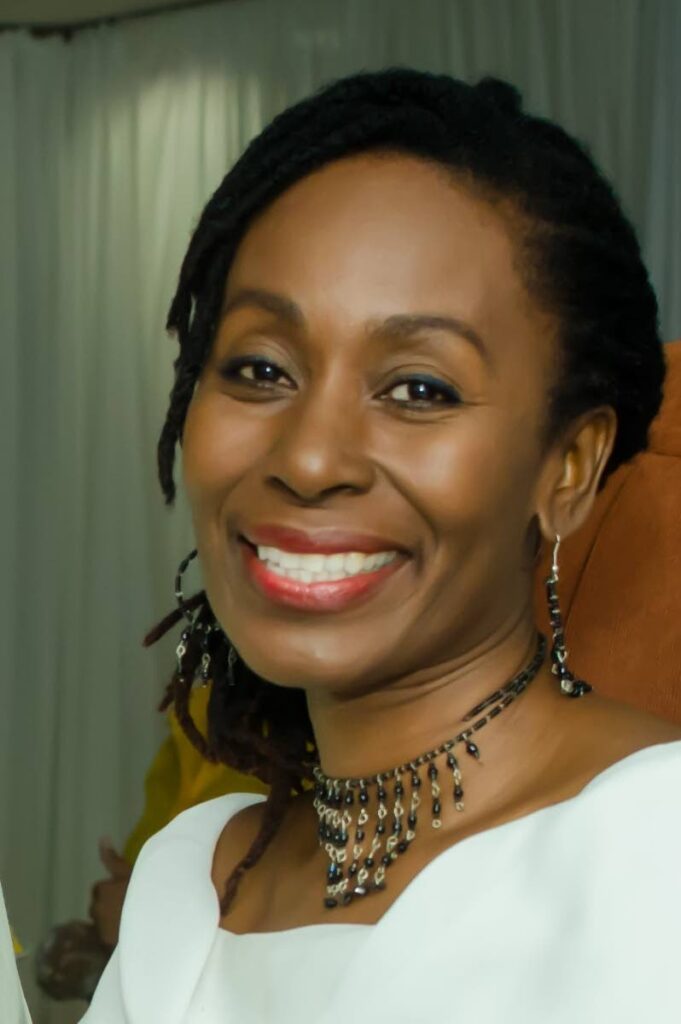How will the mas respond?

Culture Matters
Carnival Stories
Dara E Healy
“The first recorded masquerade trial was in 1866, when a recent case before the Supreme Court was burlesqued and, according to the Port of Spain Gazette…‘extravagant imitations given of one or two of the legal and lay personages were engaged on that trial.’ The parody of the legal profession in these masquerades was paralleled by any number of mock professionals and tradesmen who used to appear with traditional maskers on Carnival Monday morning.”
– Errol Hill, The Trinidad Carnival
THE WAY that our masquerade responded to issues in the socio-political space is an important story to tell. From dame Lorraine to sailor mas, Jouvay (J'Ouvert) and "old mask," masquerade highlighted issues that were troubling to the population, incorporating humour, innovative costuming and signposting.
In the slow process of decolonising our space, is there room any more for mockery and protest in our Carnival? Or have we become so sanitised in our approach to the festival that there is no longer any place or even desire for this type of conversation?
In the late 1860s, a new form of entertainment developed in the US focused mainly on men. It was called burlesque, inspired by the Italian burlesco, to mock. The content of the shows was predominantly sexual, consisting of elements such as bawdy jokes, slapstick sketches and female nudity.
In TT, the term burlesque was assimilated into the jamette Carnival which emerged in that period. The Africans who already had their traditions of satire through the mas deepened the notion of burlesque with the concept of protest. Thus, dissatisfaction with the professional classes sparked masquerades that laughed at their hypocrisy and served to reclaim some of the power of the working community.
In 1854, the cholera epidemic plaguing the Caribbean struck here at home. The disease was spread through the consumption of contaminated water or food, caused by poor treatment of water sources and sewage. Michael Anthony writes that Laperouse Cemetery alone “provided graves for 207 people” in nine days. At the height of the epidemic some 50 people died daily, with thousands losing their lives to the disease in Port of Spain alone.
But the issue was not simply the unsanitary condition of the city and other inhabited places. The epidemic exposed, once again, the depth of inequity and discrimination within our society. As noted by the National Archives, “hundreds of gallons of water were sent daily to the great houses in St Clair and around the Queen’s Park Savannah, while other areas such as the barrack yards of Port of Spain were overlooked.”
As a result, the former enslaved as well as indentured Indians suffered most from the ravages of the disease. In the years after the epidemic, the people protested this contempt by masquerading as doctors, nurses and “sickly, dying persons in clothing that reflected blood and filth.”
Masquerades portraying bats and other animals emerged in response to difficult or traumatic periods in history. Jeff Henry writes that bat caves were “laboratories for the early bat costume designers.” During the period when our country was very forested and rural, bats frequently attacked animals, creating challenges for farmers.
However, it should also be remembered that the same bat caves from Paramin to Tamana provided sanctuary for Africans fleeing the brutality of enslavement. The portrayal of the bat thus goes even deeper than we recognise.
What story should our Carnival be telling today? Increasingly, we need to ask, why do we make mas? What is the point of our Carnival? Enjoyment and contribution to economic development are valid reasons, but they are not enough. Carnival must be reshaped as a space of critical thinking and analysis through creativity so that our masquerade will have an opportunity to grow beyond the narrow confines of an event or an opportunity to escape.
Further, names like Bailey, Minshall and others who recognised the power of mas to transform and inspire change are too few. We need to be intentional about infusing into younger generations the understanding that our cultural forms have as much validity as global popular culture.
So, how will the mas respond to the challenges that face us? The truth is, the answers are already there, in the swish of the bat wing, the thrust of the sailor’s poker or the scream of the jab. The mas has been telling its story. We simply have to create the space for it to be told.
Dara E Healy is a performance artist and founder of the Indigenous Creative Arts Network – ICAN


Comments
"How will the mas respond?"